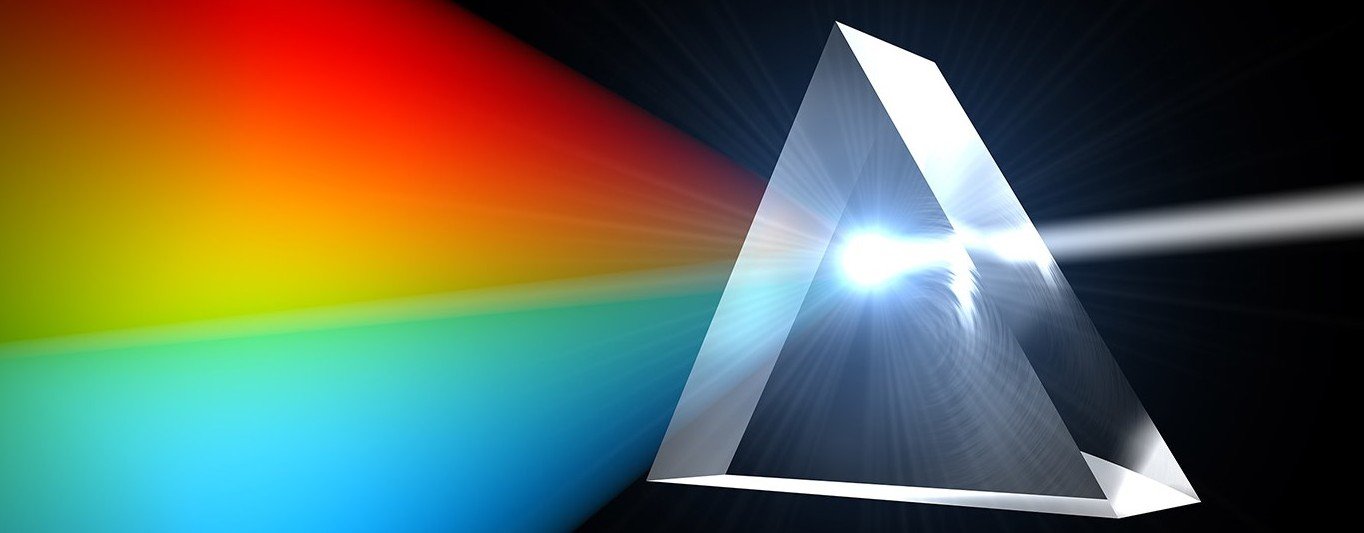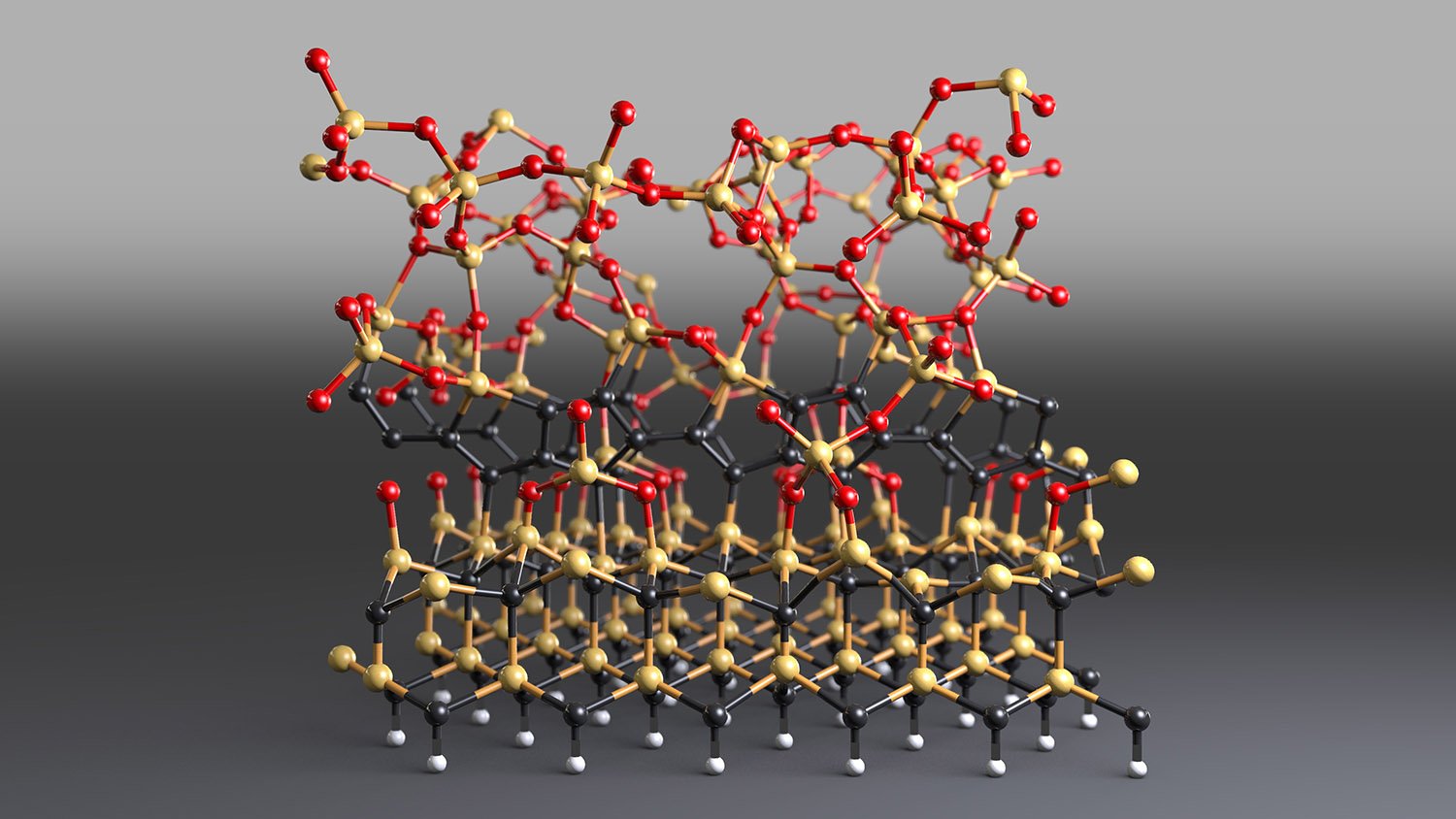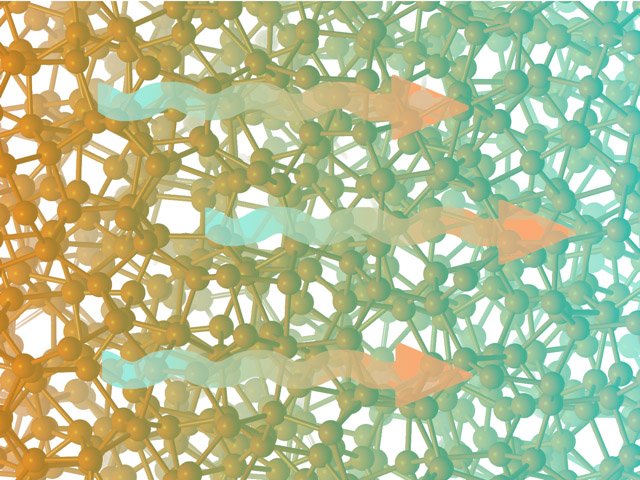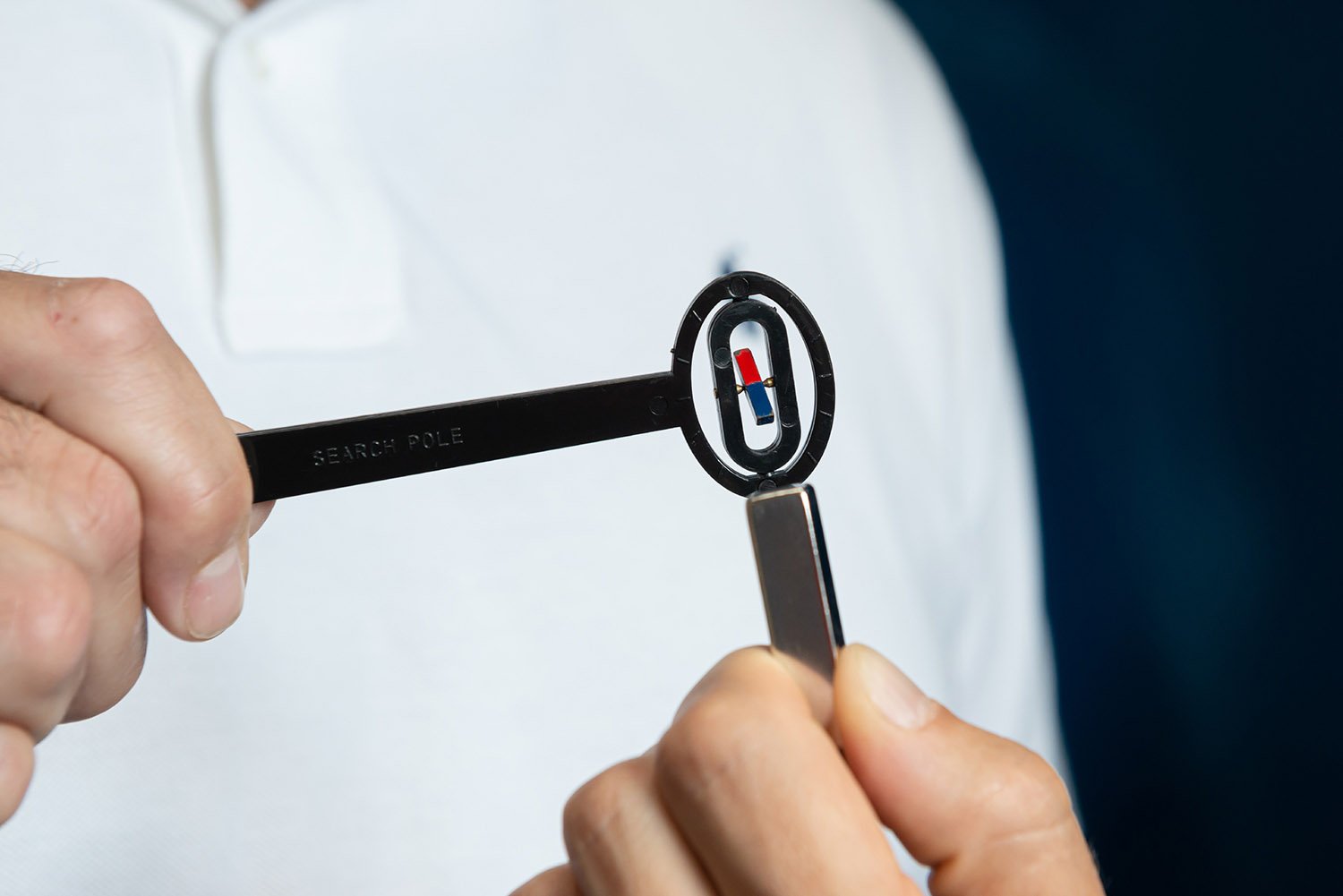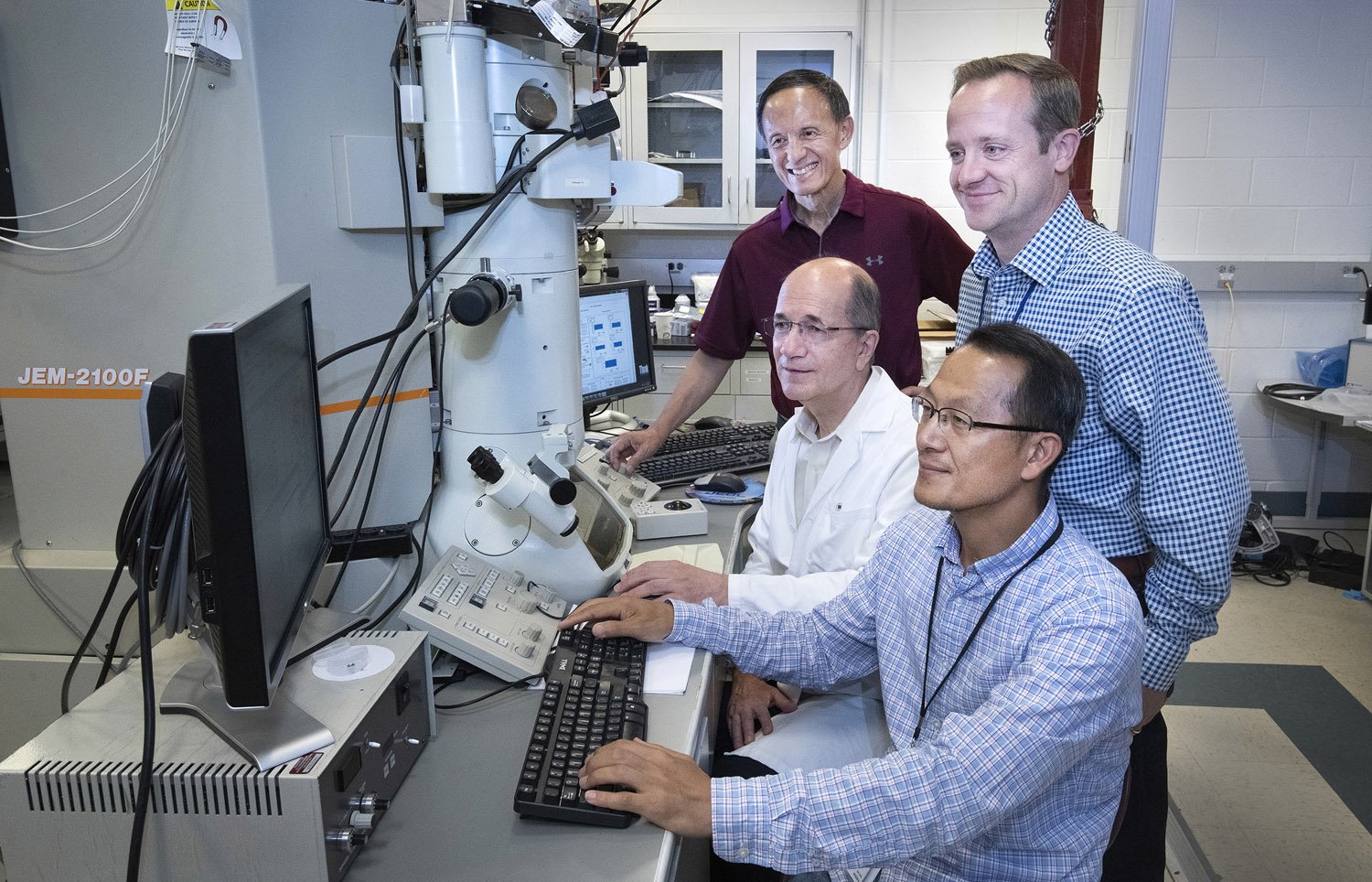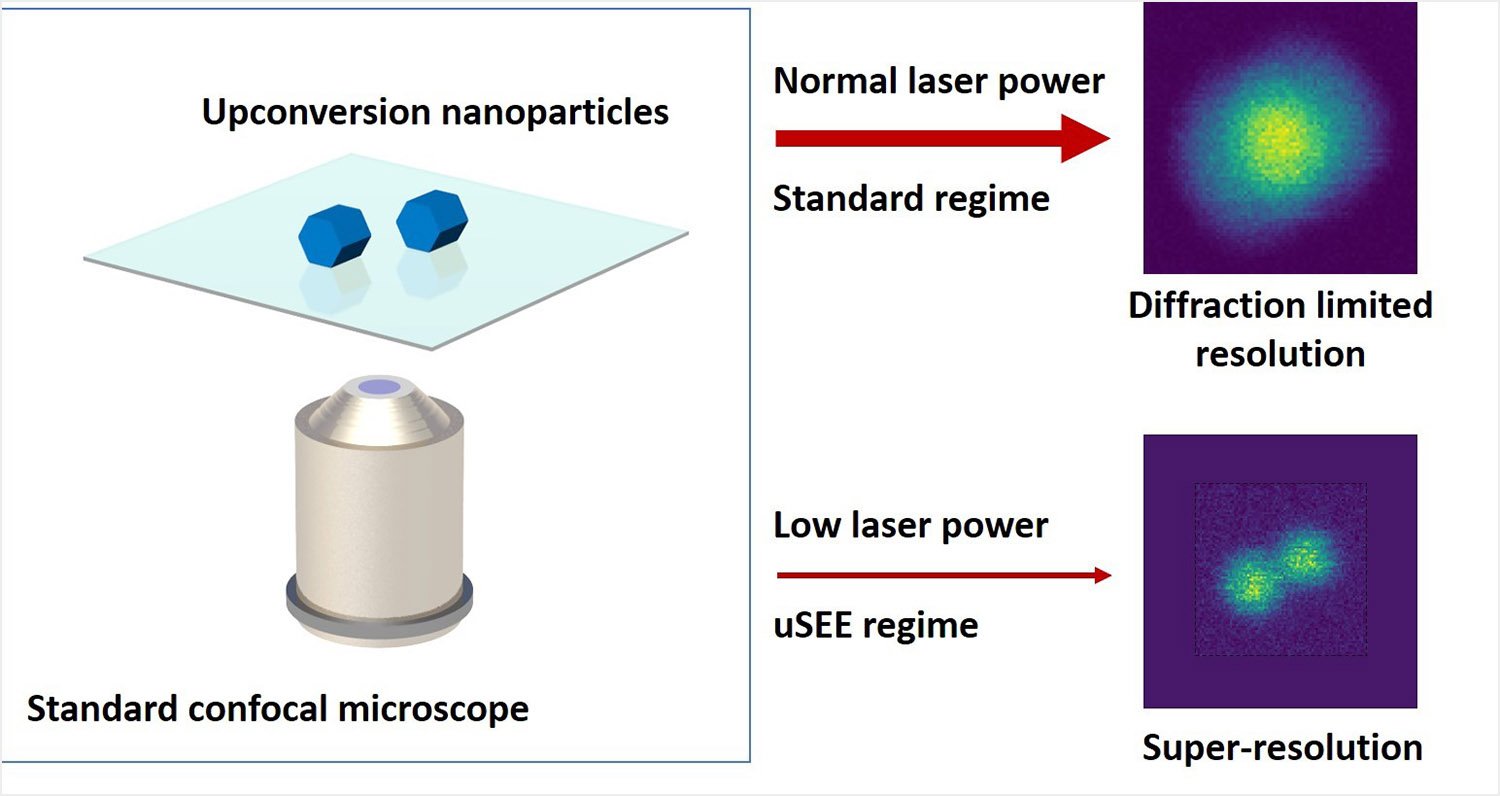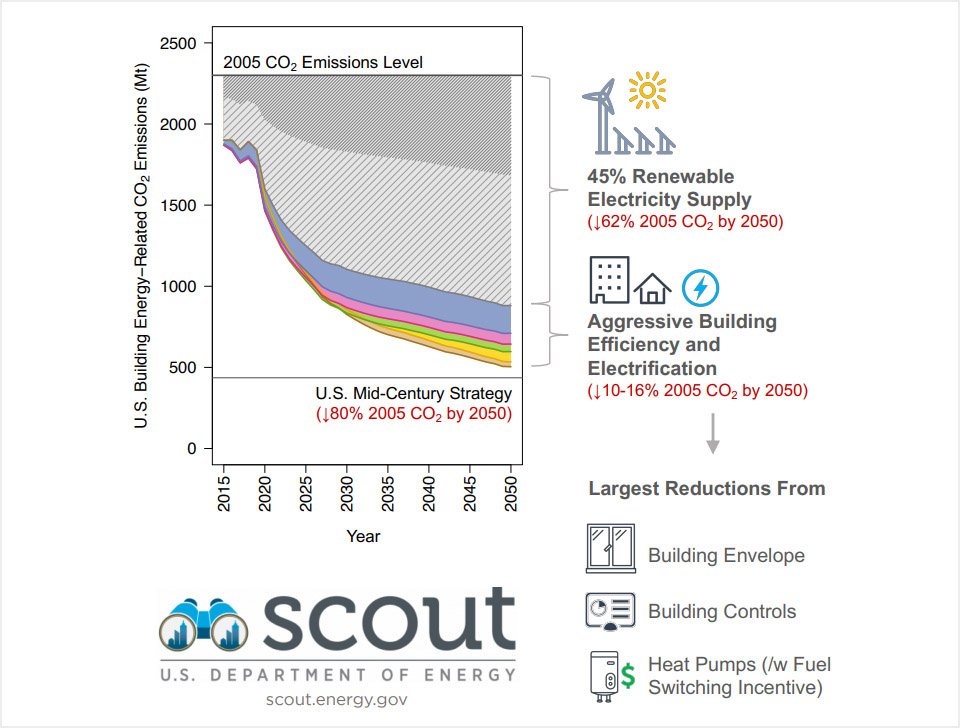Nanowires replace Newton’s famous glass prism
Scientists have designed an ultra-miniaturised device that could directly image single cells without the need for a microscope or make chemical fingerprint analysis possible from a smartphone. The device, made from a single nanowire 1000 times thinner than a human hair, is the smallest spectrometer ever designed. It could be used in potential applications such … Read more
